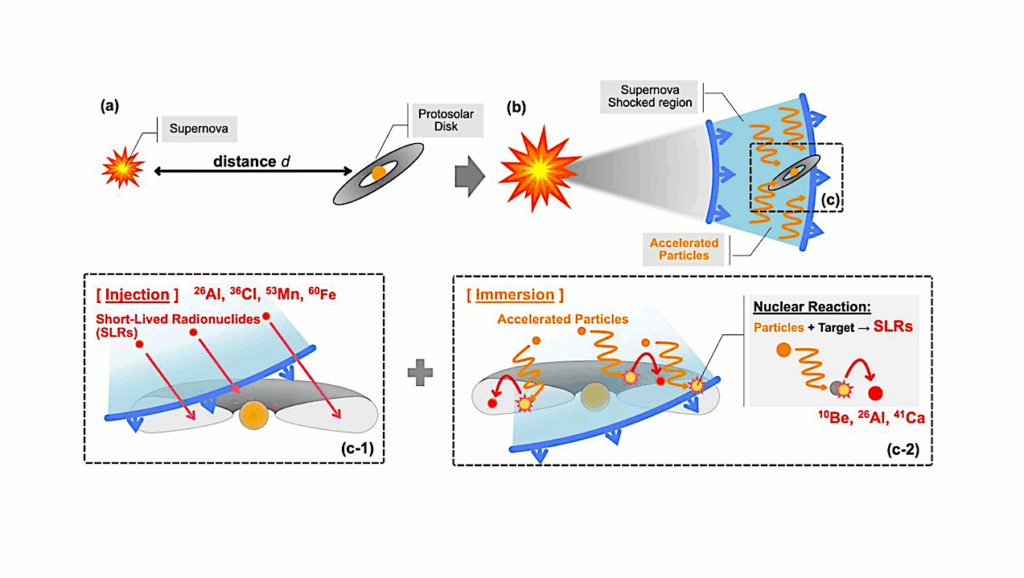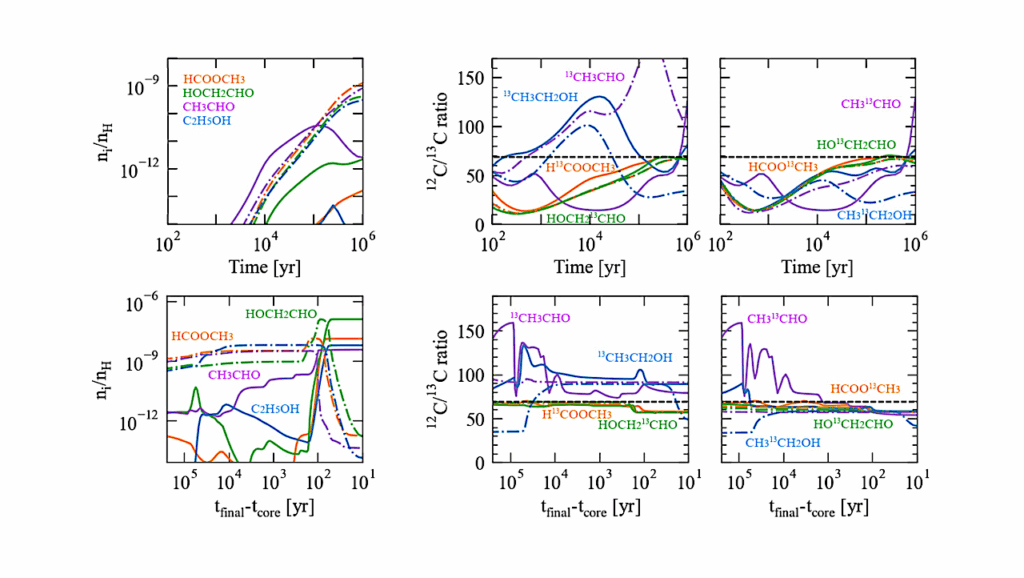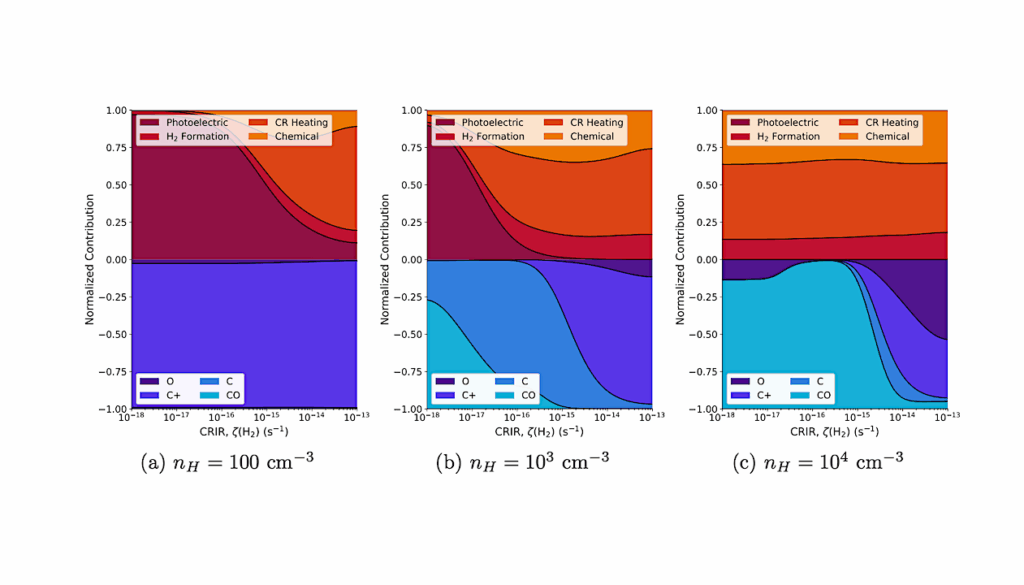Organic Molecules in Interstellar Space: Latest Advances

Although first considered as too diluted for the formation of molecules in-situ and too harsh an environment for their survival, the interstellar medium has turned out to host a rich palette of molecular species: to date, 256 species have been identified.
The last decade has seen an explosion of new detections, including those of a number of complex organic species, which may be dubbed as prebiotic. Organic molecules have been discovered not just in interstellar clouds from the Solar neighbourhood, but also throughout the Milky-Way, as well as in nearby galaxies, or some of the most distant quasars. These discoveries were made possible by the completion of large sub-millimetre and radio facilities.
Equipped with new generation receivers, those instruments have provided the orders of magnitude leap in sensitivity required to detect the weak rotational lines that allowed the molecule identifications. Last two years, 30 prebiotic molecules have been detected in TMC-1, a dust-enshrouded gaseous cloud located at 400 light-years from the Sun in the Taurus constellation.
Ten new molecular species, have been identified in the arm of a spiral galaxy 6 billion light-yr distant, and 12 molecular species observed in a quasar at 11 billion light-yr. We present the latest spectral observations of this outlying quasar and discuss the implications of those detections in these 3 archetypal sources.
The basic ingredients involved in the Miller-Urey experiment and related experiments appeared early after the formation of the first galaxies and are widespread throughout the Universe. The chemical composition of the gas in distant galaxies seems not much different from that in the nearby interstellar clouds. It presumably comprises, like for TMC-1, aromatic rings and complex organic molecules putative precursors of the RNA nucleobases, except the lines of such species are too weak to be detected that far.
Michel Guelin, Jose Cernicharo
Subjects: Astrophysics of Galaxies (astro-ph.GA); Instrumentation and Methods for Astrophysics (astro-ph.IM)
Cite as: arXiv:2201.06106 [astro-ph.GA] (or arXiv:2201.06106v1 [astro-ph.GA] for this version)
Submission history
From: Jose Cernicharo
[v1] Sun, 16 Jan 2022 18:18:26 UTC (16,167 KB)
https://arxiv.org/abs/2201.06106
Astrobiology, Astrochemistry








